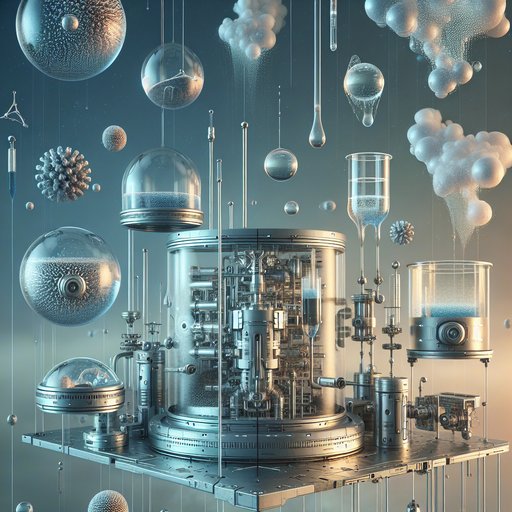
Remove buoyancy, sedimentation, and natural convection, and physics—and biology—behave in surprising ways. That is the premise behind zero-gravity research on platforms such as the International Space Station (ISS), drop towers, parabolic flights, and suborbital rockets. Over the past two decades, this weightless laboratory has enabled experiments that are hard or impossible on Earth, from quantum gases that linger longer to flames that burn without a visible glow. The results are reshaping textbook assumptions, informing spacecraft engineering, and seeding practical advances in medicine and manufacturing. As new facilities come online and commercial stations take shape, microgravity is evolving from a novelty into a precision tool for discovery.
Microgravity strips away gravity-driven effects that mask subtle phenomena, turning the ISS into a clean testbed for basic science. Without buoyant mixing or particle settling, researchers can isolate diffusion, surface tension, and other forces that are hard to probe on Earth. Short-duration platforms—drop towers and parabolic flights—let scientists iterate quickly, while suborbital vehicles provide minutes of quiet free fall for more complex payloads. Together, these tiers of access allow rapid prototyping on the ground and long-duration refinement in orbit.
In fundamental physics and fluid science, the gains have been striking. NASA’s Cold Atom Lab has produced ultracold quantum gases in orbit, extending observation times and enabling new studies of Bose–Einstein condensates and matter-wave behavior. Combustion investigations like the Flame Extinguishment Experiment revealed “cool flames,” low-temperature reactions that persist after a visible flame dies, informing cleaner engines and spacecraft fire safety. Capillary flow and boiling experiments have mapped how fluids self-organize and transfer heat without gravity, shaping designs for passive fuel management and compact thermal control systems.
Materials research is leveraging microgravity to tune structure from the atomic to the macroscopic. Alloy solidification studies using electromagnetic levitation track how metals nucleate and form microstructures when convection is suppressed, improving models for stronger, lighter components. In-orbit fiber drawing aims to produce ZBLAN optical fiber with fewer crystallization defects; early campaigns have manufactured lengths for ground testing to assess loss and uniformity. Additive manufacturing facilities on the ISS have 3D-printed polymer tools and test articles since 2016, demonstrating on-demand production and guiding future metal and precision-optics fabrication in space.
Life sciences may be the most visible—and immediately relevant—frontier. Protein crystal growth in microgravity often yields larger, more ordered crystals, improving structure determination for drug design; industry teams, including Merck, have flown antibody crystallization studies to explore better formulations. Tissue chips that model the heart, lungs, kidneys, and the blood–brain barrier let researchers observe accelerated aging and disease-like changes, speeding biomedical insight. Spaceflight’s rapid bone loss and immune shifts are informing new approaches to osteoporosis and immune health on Earth.
Plant-growth systems such as Veggie and the Advanced Plant Habitat have revealed how crops handle stress in space and confirmed that space-grown leafy greens can be safe to eat.





















































